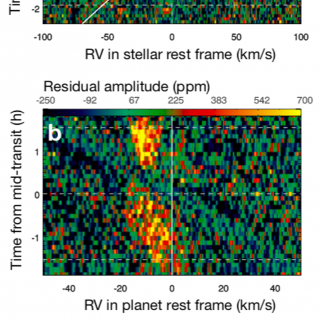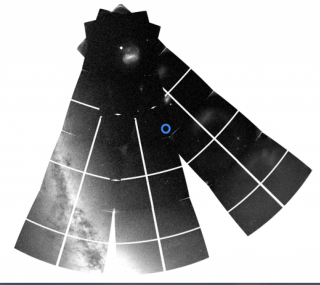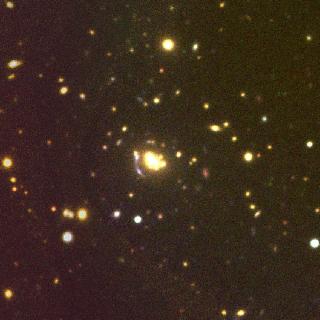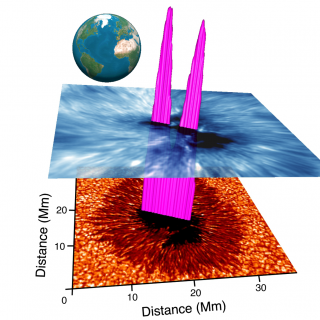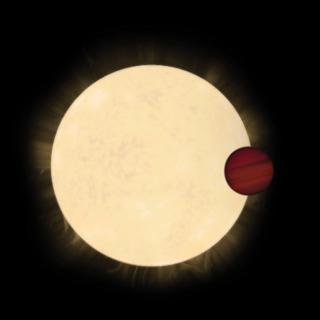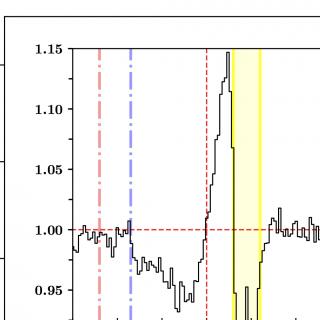
The large amount of mass and angular momentum carried by disc winds makes them key processes to understand accretion onto compact objects, such as black holes and neutron stars. Here we present the discovery of an optical accretion disc wind in the X-ray transient Swift J1858.6-0814, a new binary system discovered in late 2018. Our 90-spectrum data set, taken with the 10.4 m Gran Telescopio Canarias (GTC), reveals the presence of conspicuous P-Cyg profiles in optical lines of helium and hydrogen. The evolution of these features indicates significant variations in the wind velocity, between a
